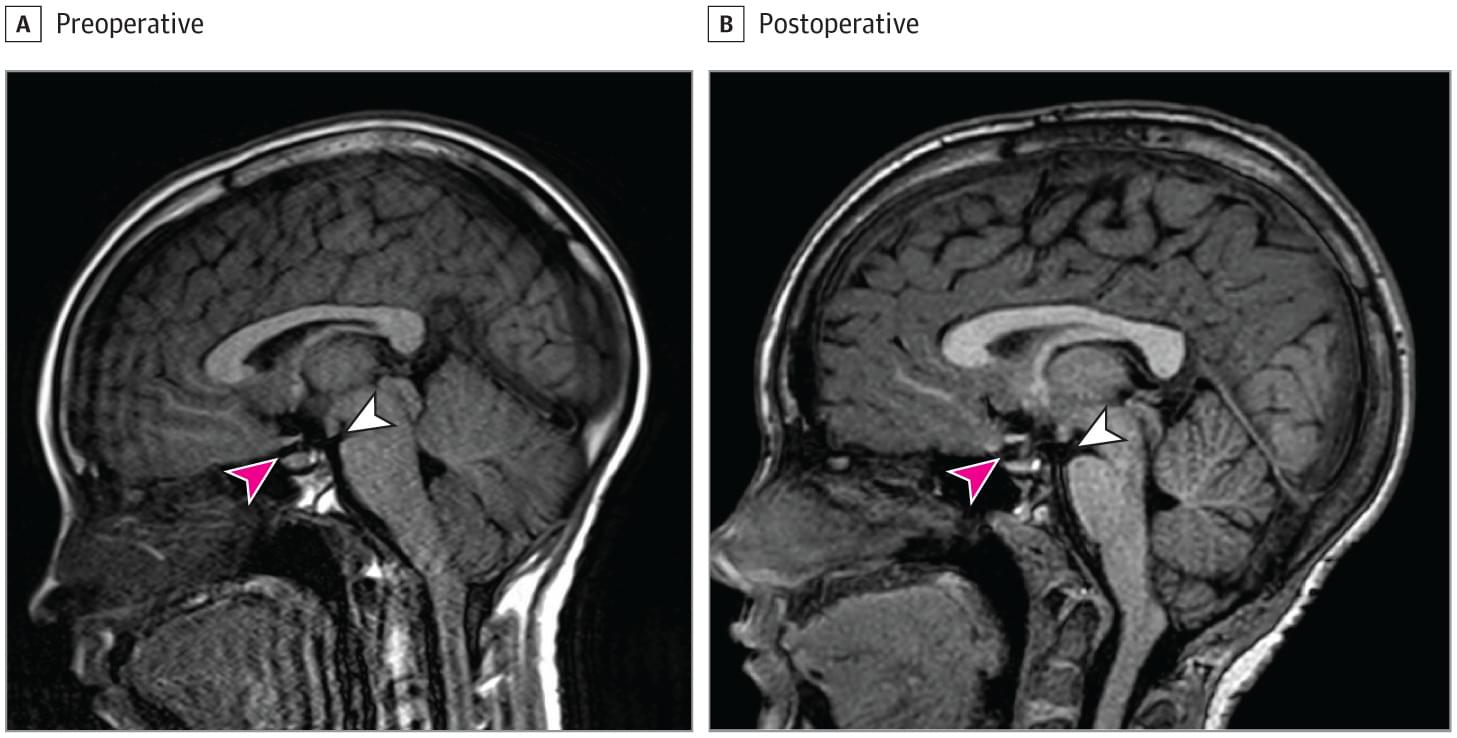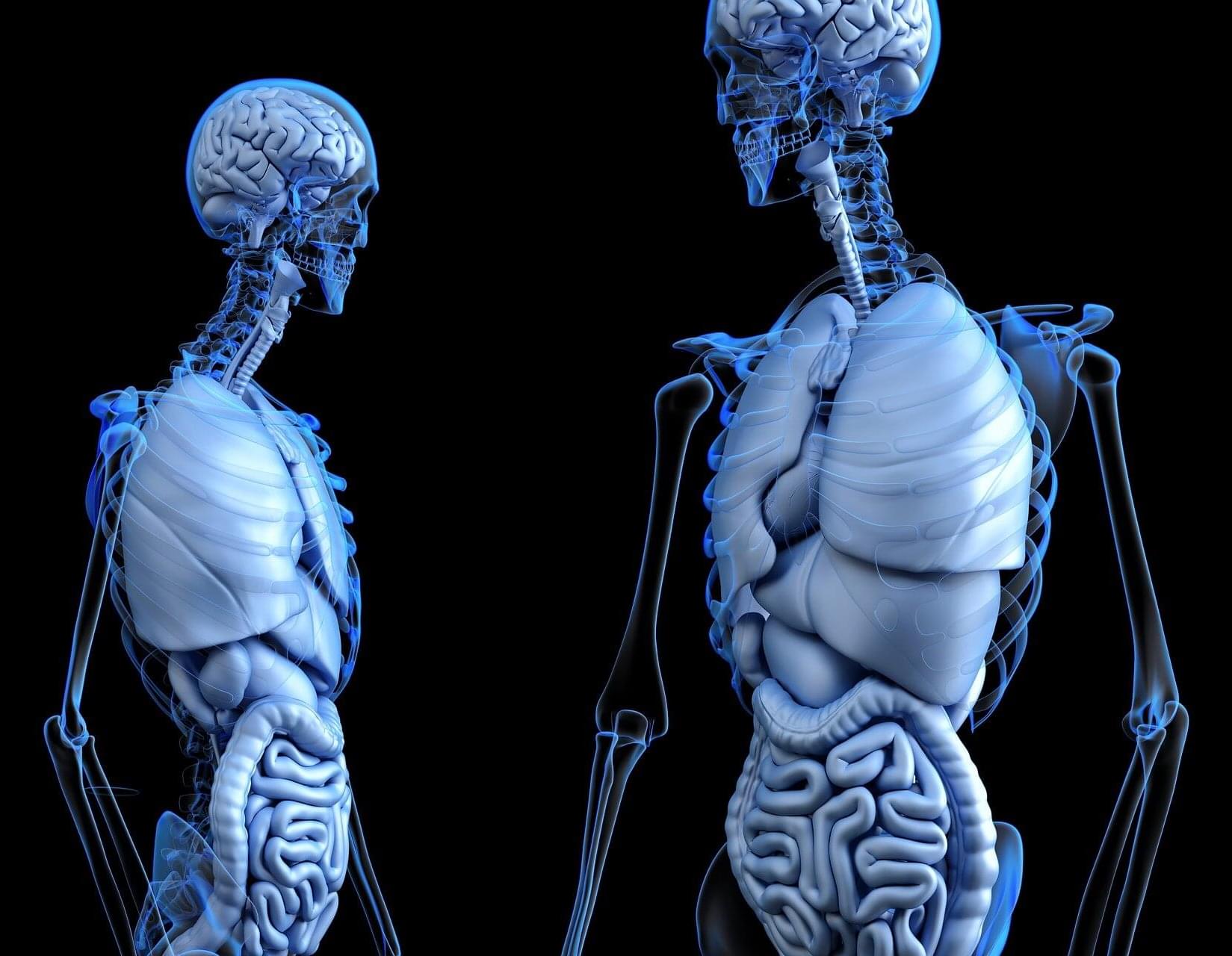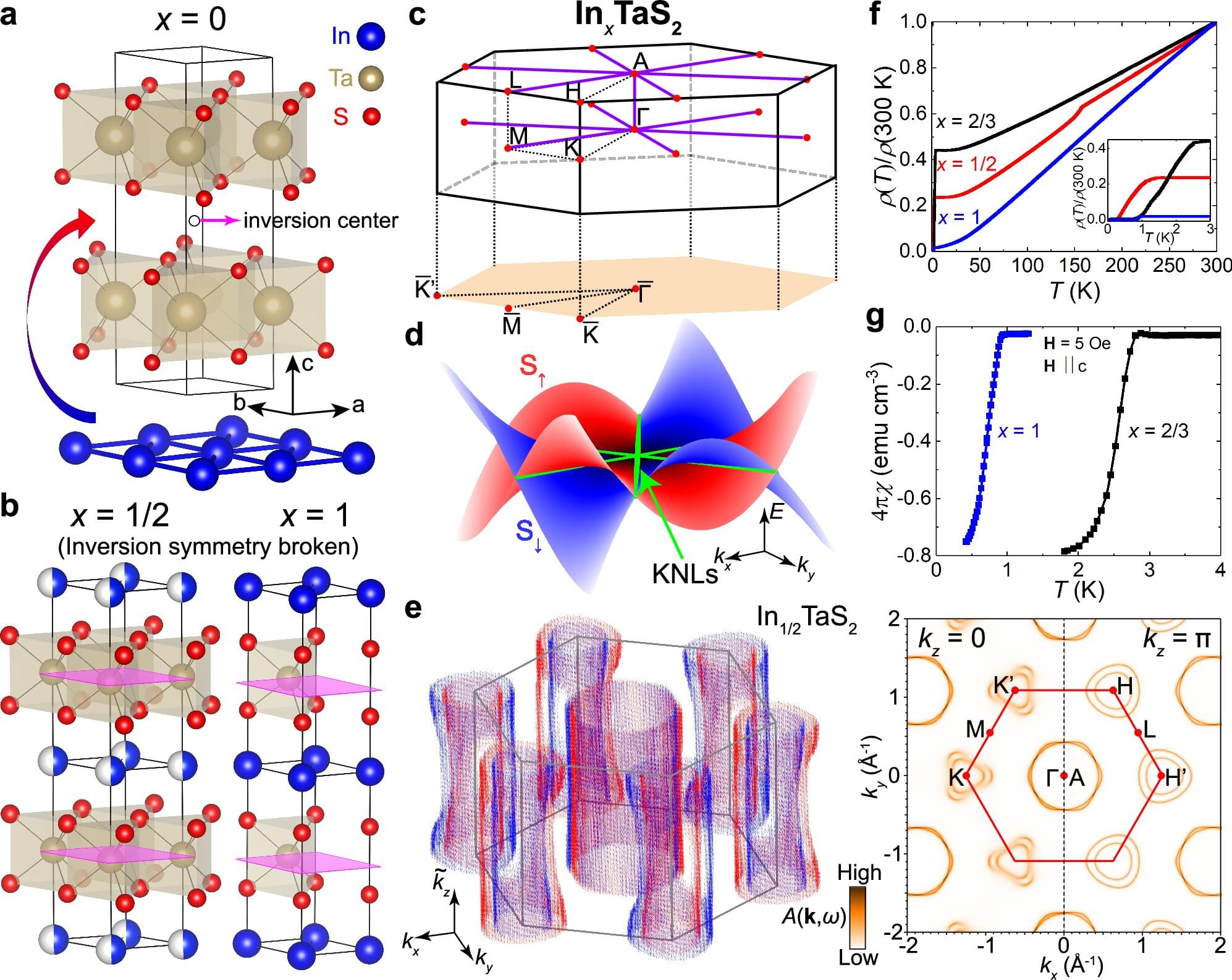Obayashi pursues the potential for the future of the space elevator from a construction standpoint, and describes a newly-designed, whole-space elevator system, including its construction process, which we designed on the basis of work by construction engineers who completed the world’s tallest free-standing tower, TOKYO SKYTREE®, in 2012.
In the following animation, a space elevator which climbs from the Earth Port as a departure port for people to Geostationary Earth Orbit Station at a height of 36,000 km is featured.
The space elevator is planned to be built by the year 2050 with a capacity to carry 100-ton climbers. It is composed of a 96,000-km carbon nanotube cable, a 400-m diameter floating Earth Port and a 12,500-ton counter-weight. Other facilities include Martian/Lunar Gravity Centers, an Low Earth Orbit Gate, a Geostationary Earth Orbit Station, a Mars Gate and a Solar System Exploration Gate.-Jacob’s Ladder 🤔 https://www.obayashi.co.jp/en/news/detail/the_space_elevator…cept.html#








